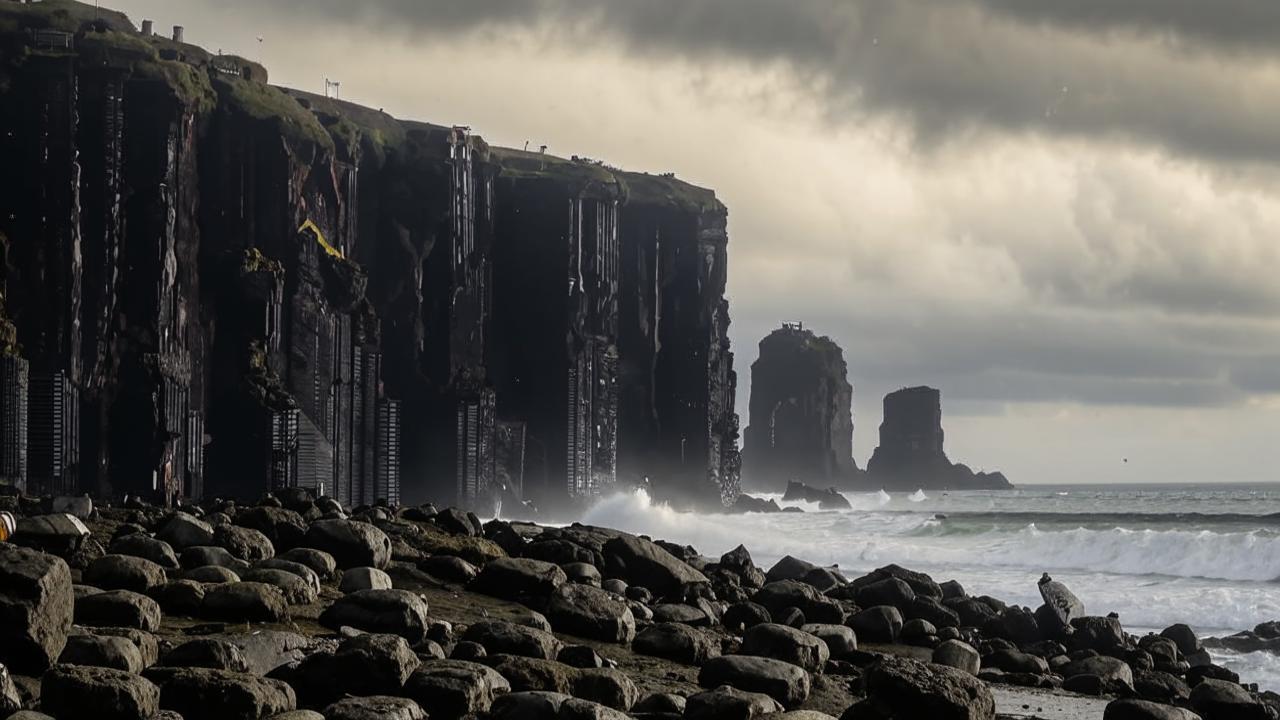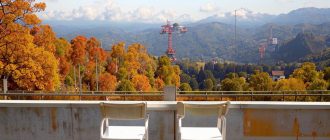I want to go there: a beach made of lava chunks where you can go surfing

If you want to soak in the waters of the North Sea, come to Iceland. Calculating the cost of the trip.
Surfing fans who are bored with the crowded beaches of the southern seas, sometimes come to fight the waves in the cold northern and Arctic seas. For example, in Iceland.
Amazing black beach
Iceland is a fairy-tale country, where real natural wonders await travelers. The black beach, located in the southern part of the Scandinavian country, next to Cape Dyrholaey, near the village of Vik, is really extraordinary. Its black color is due to lava: for hundreds of years it flowed into the ocean after eruptions and then solidified. The sea water slowly broke the lava into small particles, throwing them ashore. This is how the black beach came to be.
In addition to the unusual color of the sand, the landscape of the beach is complemented by huge boulders and basalt columns. Legend has it that these are actually evil trolls who were petrified by the sun, not having time to hide.
Surfing in Iceland
The water temperature here usually does not rise above 12 degrees. To surf in the conditions of the northern seas, you need a special wetsuit, it must have a hood to ride at a temperature of 3-5 degrees Celsius.
For surfing the best time in Iceland is considered the fall: from September to mid-November. At this time, the water temperature can vary from four to 12 degrees Celsius. But some people prefer to surf in the winter season, usually in December. Since winter in Iceland is quite harsh, it is necessary to properly prepare for surfing at this time of year:
- The gloves on your hands and shoes should fit your body very tightly, as water can penetrate them.
- Since in such cold conditions most of all suffer feet, you need hydrotapki, as well as a wetsuit with a thickness of 5 mm, it will be enough.
- In order not to freeze quickly, experienced surfers pour a small amount of warm water into their wetsuits, which warms the body until it begins to produce the necessary amount of energy on its own.
Riding places can be at risk – there are a lot of rocks or rock formations on the bottom. Therefore, you need to be extremely careful.

Kui palju see maksab?
Surfing in Iceland will cost about 20 thousand kroner (about 68 thousand rubles). Additionally, the transfer from Reykjavik is paid: 2 thousand crowns (7 thousand rubles) – for an adult, 1.2 thousand crowns (4 thousand rubles) – for a child.
Price includes:
- Transfer to and from the surfspot.
- Lõunasöök.
- Learning to surf.
- Equipment rental.
- Photo and video shooting.
Terms and conditions of training:
- All guides speak English.
- You can rent in advance: hiking boots, bathing suits, towels, waterproof clothing.
- All tours are weather dependent, so the operator reserves the right to change, postpone or cancel the tour if it is life threatening.
- Tours are conducted in small groups and are suitable for people with different levels of fitness.
- If desired, guests can fish and then grill fish or cook eggs in the hot spring.
- All clients are strongly advised to take out medical insurance.







